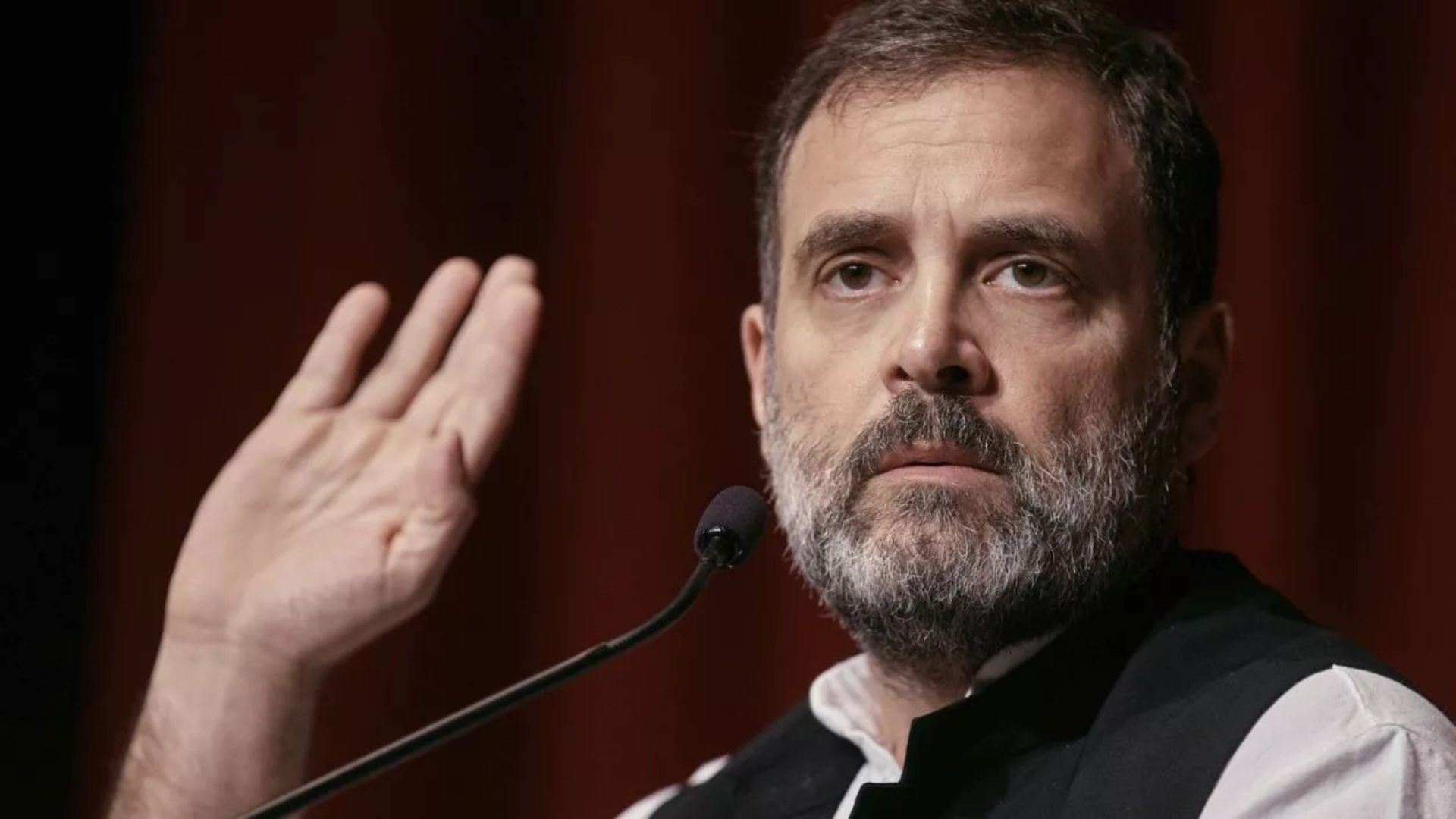
America has been built on the bedrock of hard work. Due to Joel Litman predictions of an increasingly competitive global economy, people are changing how they think about their future. This country has been the land for the ambitious, those willing to take risks providing for their families. We need this optimism and strategic thinking back to rebuild the US economy and get off the sidelines.
An economic landscape refers to the physical dimensions of the economy. Environmental scientists, for example, use the phrase landscape ecology to describe the regions that influence the physical health of an ecosystem. Economic landscapes provide a way to conceptualize an economy.
The most critical landforms of an economy fall into innovation and scale-up. Scale-up refers to big-company production through economies of scale, for example, large factories with lots of labor and capital-intensive equipment. Innovation refers to small firms that have unique ideas or products.
The mainstream view is that these two economies will increasingly overlap and create a virtuous circle in which there’s more investment, growth, and job creation. But if anything, this debate has been settled in recent years. Labor productivity has risen faster than wages for the last several decades, suggesting that Americans’ jobs are getting scarcer. Unsurprisingly, innovation has become a code word for getting rid of workers in favor of automation and software sharing.
Recent efforts for economic change and additional presidential initiatives for creating productive communities are predicted to reshape American living standards over the coming years. Here are some strategies:
America’s aging infrastructure affects every industry sector and drags down our quality of life. It’s already costing us billions in lost wages from lost time spent on the road or waiting for repairs; it increases business and healthcare costs, making America less competitive internationally. Fixing the transport issue would mean more jobs for Americans, cheaper and more available products, and less time wasted in traffic.
The Internet is a vital part of the economy. It’s not just about entertainment; it’s about enabling people to learn skills, work from home, and collaborate on projects with others in different geographical areas- all things vital to a strong economy and quality of life. Getting high-speed Internet out to everyone would mean better productivity.
One of the administration’s stated goals is to get more manufacturing jobs back to the US. This is a good goal; we want to ensure we invest in the right kind of jobs. Although we aren’t going to get all those high-paid union jobs back, a lot of people would like some of those well-paid, stable jobs.
The government has emphasized promoting technological innovation, which can lead to new industries and new economic opportunities for all kinds of people. One aspect of this plan is using public-private partnerships to fund technological innovation. It might be more helpful if the government focuses on moving money into these new types of industries.
The role of leadership is to create a cohesive national strategy for changing our economy and getting the country on track. It means breaking down the big picture of what we want our economy to look like in five or ten years and putting specific plans into place to make those changes happen. Public opinion is important, which is why the administration has been working so hard on appealing to the American people.
To do this, the president-elect’s team develops a strategy based on two principles: The economy is changing fast, and we need to change with it; America can’t win unless all Americans are playing to win.














